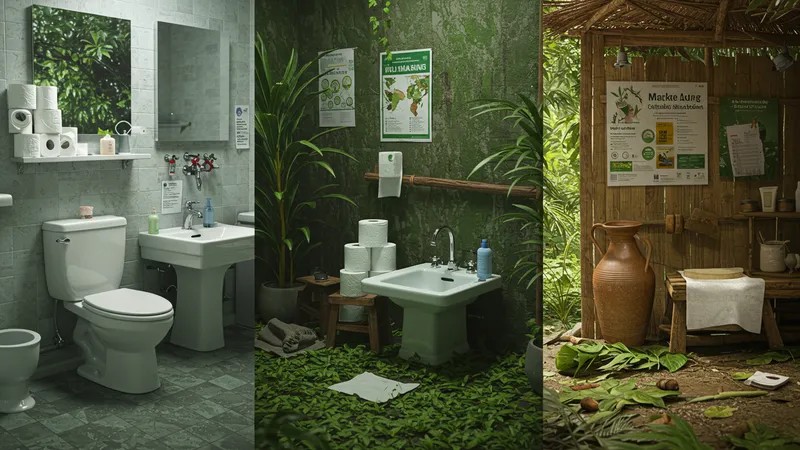
Evolution Of Toilet Paper: From Early Uses To Modern Manufacturing
Cultural Preferences and Global Perspectives in Toilet Paper Use
Despite its worldwide presence, the use and manufacture of toilet paper remain deeply influenced by cultural attitudes and infrastructure. While it is standard in much of North America and Europe, many regions still favor traditional water-based methods or alternative hygiene solutions. This stems from longstanding practices, local resources, and differing views on personal cleanliness.

The arrival of modern toilet paper has in some cases represented a shift in societal norms, blending convenience with new standards of privacy and comfort. Marketing efforts by international companies have often needed to address unique cultural concerns, such as biodegradability or compatibility with sewage systems. In regions where plumbing infrastructure is less advanced, consumer preferences often diverge sharply from those found elsewhere.
In developed markets, softer multi-ply papers dominate, reflecting a demand for luxury and performance. In contrast, resource-conscious or environmentally focused communities may adopt single-ply, recycled, or even reusable options. Public spaces, hotels, and airports provide additional examples of how delivery and format adapt to meet diverse needs while maintaining hygiene standards.
This global diversity speaks to the adaptability of toilet paper as a product, as well as the ongoing evolution of manufacturing techniques to accommodate an ever-broader range of users. Understanding these dynamics adds depth to the story behind this essential good and hints at future directions as habits continue to change.